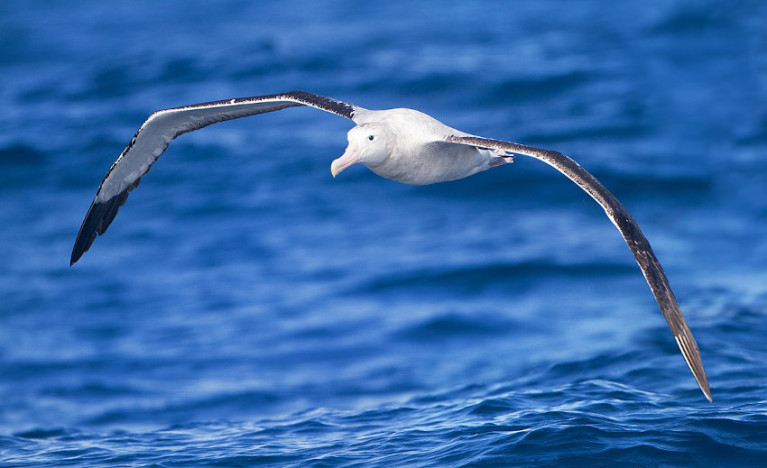Displaying items by tag: albatross
Scientists Use Albatrosses To Spy On Illegal Fishing Fleets
A team of scientists in France are ‘recruiting’ albatrosses to monitor fishing fleets in the ocean for illegal activity.
Smithsonian Magazine reports on the findings of a new study detailing efforts to tag the “sentinels of the sea” with tiny GPS trackers. These can detect short-range radar emissions from trawlers that may be acting suspiciously.
The team at CNRS, the French National Centre for Scientific Research, chose albatrosses to carry the devices as their extraordinary range at sea often exceeds that of aircraft and even some satellites in the most remote regions — and they tend to be attracted to fishing vessels as a food source.
In one six-month study of the Indian Ocean, researchers found that more than a quarter of fishing vessels detected at sea by the birds were not trackable on AIS — suggesting illegal fishing was afoot.
Smithsonian Magazine has much more on the story HERE.
'Very Rare' Sighting of Albatross in Irish Skies
#MARINE WILDLIFE - Staff and students from the Galway-Mayo Institute of Technology spotted an black-browed albatross in what was a "very rare" sighting of the bird in Ireland's skies, The Irish Times reports.
The group was on board the State marine research vessel Celtic Explorer off the southwest coast when they witnessed the albatross, also known as a Mollymawk, which is noted for its dark eye stripe.
The black-browed albatross is normally restricted to the Southern Hemisphere, but Birdwatch Ireland's Niall Hatch said it has been spotted from headlands in Ireland in the past.
As previously reported on Afloat.ie, the GMIT group were among a party of 20 scientists from Ireland, Nothern Ireland and Scotland carrying out a study of whales, dolphins, seabirds and plankton in the Atlantic.






























































